The decisive direction on fire: 5 principles. Fire extinguishing plan
The success of firefighting combat missions is determined by several factors, including the level of training of the team, technical equipment and conditions of the operation. But the significance of these factors will be minimized if the wrong tactics of action are initially chosen. In this sense, the success of the measures determines the decisive direction in the fire - 5 principles focused on minimizing damage and increasing the effectiveness of fighting fire will help to choose the optimal course of action.
Firefighting plan concept
There are two concepts for defining a firefighting plan. The first concerns directly the owner of the facility, for whom it is planned to provide protection from fire. He orders a fire extinguishing plan, according to which measures and actions will be taken to fight the fire and minimize damage.
The second concept assumes the consideration of the plan as a tactical scheme for the action of the operational team in the framework of combating the fire that has taken place. That is, it is approved already at the time of fixing the fact of a fire and obtaining primary information about it. It is during the development of this plan that the decisive direction in the fire is chosen - 5 principles, which will be discussed below, act as the basis for deciding on the most appropriate tactics for extinguishing the fire and conducting emergency rescue operations.
Principle one - saving people
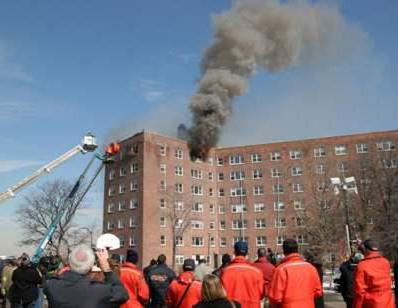
The basic principle is to undertake efforts to prevent threats to human life. It is relevant in cases where self-evacuation is impossible and third-party assistance is required. In this case, different methods of rescuing people in a fire can be used:
- Provides protection against direct flame exposure.
- Move to a fire-fenced area.
- Removing obstacles that prevent self-evacuation.
In the process of using each of these methods, different tactics can also be applied. For example, the movement of people is possible with the provision of personal protective equipment, through the artificial creation of routes, as well as with the connection of special equipment. In most cases, it is saving lives that is chosen as the decisive direction in a fire - 5 principles, respectively, obey one, but in the process of performing the task this configuration can change.
Principle Two - Preventing Explosion Threats
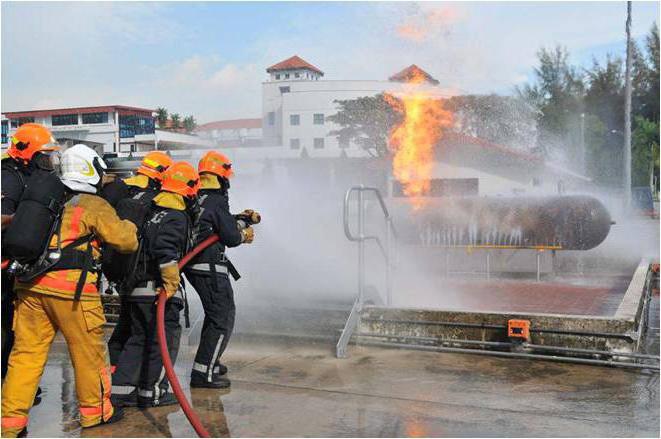
The second most dangerous situation is caused by the threat of an explosion. Increased thermal exposure or direct contact with fire can lead to an explosion of gas cylinders, chemicals in an industrial plant, etc. From a safety point of view, it is important not so much to prevent an explosion as such, but its consequences. The relevance of this principle is due to the fact that an explosion can provoke the collapse of a building or structure, which at least will result in material damage. And this is if there are no people in the building and in the surrounding area. The tactics of work in accordance with this principle provides for the creation of barriers to the risk zone - for example, on the way to the same cylinders. The fire is localized using extinguishing means both within the resources of the operational team and through stationary fire fighting systems. Usually, explosion threats take place at industrial facilities, the equipment of which is not complete without a local fire alarm.
Principle three - minimization of material damage
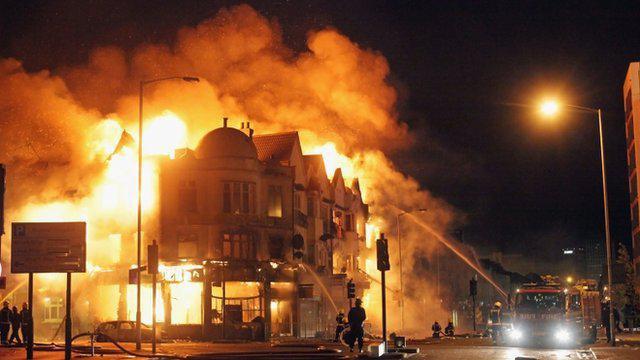
This principle is partly related to the previous one, but the difference lies in the degree of threat. If, during an explosion, the entire building can collapse at one moment, then the loss of strength of structures during the spread of fire still occurs gradually. But even in this case, the fire brigade must respond promptly. Tactically, its actions will be aimed at localizing the fire source in the shortest possible time, preventing the risk of its spread. Typically, a part of the building is covered by fire and, in accordance with the principle, it is necessary to isolate it in the current ignition zone. In the case of complete coverage of the building by fire, tasks of a different kind should be set. First, the real risk of collapse is assessed, in which the possibility of evacuating the firefighters themselves is also considered. Secondly, an operational plan is being developed, according to which protection from fire will be carried out already in neighboring buildings. At this stage, the most priority objects are selected to concentrate the efforts of the fire brigade on them.
Principle four - combating intense combustion
This principle of choosing fire extinguishing tactics is preferable in cases where there is no threat to people, no risk of explosion, or the likelihood of fire spreading to neighboring objects. In such situations, the fire extinguishing plan is guided by the most active fire source. So, if a detached building is on fire, then the area with the most intense combustion is selected in it, even if there is no risk of its spread.
Principle Five - Protecting Neighboring Objects
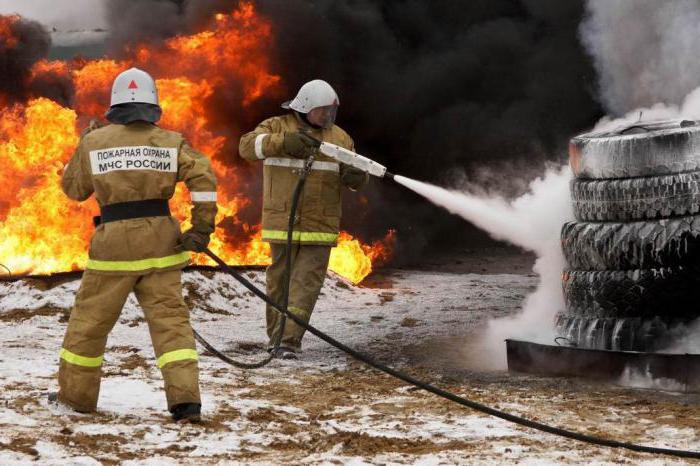
This principle is in many ways similar to the third, but it is more focused specifically on providing protection for buildings that are not yet engulfed in fire, but can be hit as a result of the transition of the flame from a burning building. In this case, efforts are directed to the formation of various kinds of barriers that will stop the spread of fire. Again, if possible, the local firefighting infrastructure is connected to the solution of this task in the form of alarm systems with water and foam sprayers. Thus, the fire is localized and cut off from areas that are not currently engulfed in fire. Special attention is paid to neighboring buildings. Here it is also necessary to determine the most valuable object of protection, since the division of efforts into several buildings is ineffective and as a result, all buildings in the affected area can be destroyed. Priority is given to residential and industrial facilities.
Decisive direction correction
A fire is characterized by dynamics and a rapid change in combustion conditions, therefore, the actions of firefighters may vary depending on situations. This is especially true for large-scale events, which in certain periods of extinguishing may involve work in different directions. General recommendations for the directs the leaders of the links already at the time of setting the current direction of the fight against fire to bear in mind the subsequent task. For example, after the evacuation of employees of a chemical plant, firefighters must be prepared to localize the source of ignition and prevent it from spreading to the location of substances hazardous from the point of view of an explosion.
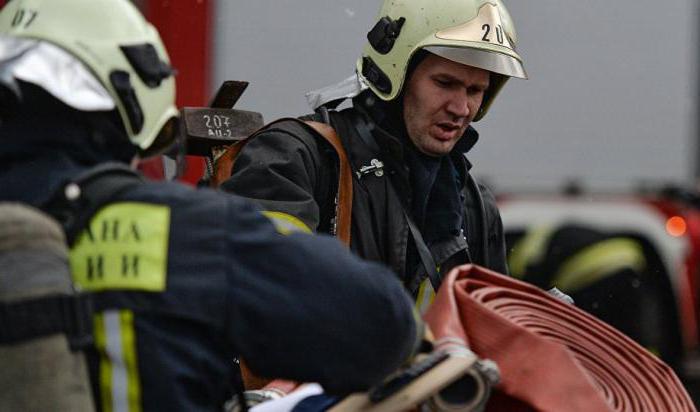
As a rule, each direction is controlled by a separate leader, evaluating and correcting the current actions of the team. As the situation changes, the chiefs give new introductions, optimally dispersing forces. At the same time, there are deliberately predictable fires, the fight against which is carried out in one direction. These include peat fires, which do not imply a transition to buildings and, in most cases, do not pose a threat to human lives. Of course, this applies to situations where surveillance services make timely efforts to contain the smoldering foci.
Errors in choosing the wrong direction
Misdirection is a tactic of action that involves a violation of prioritization. For example, consider the same case with peatlands. A group of tourists in the forest ended up in a closed ring formed by a smoldering fire. Given that peat fires spread slowly, the team leader chooses as a priority the fight against the most intense and closest to the fire source, believing that people have time. The correct tactic in this case would be to choose the weakest combustion site as the future "bridge" for tourists to exit.
Often, such mistakes are made due to external distortion of priorities, which seems quite logical. In particular, the basic principles of choosing a decisive direction in case of a fire dictate managers to concentrate efforts on a possible line of fire propagation to the nearest building. At the same time, the team is divided into two camps, which, according to the chief, will allow solving two tasks - extinguishing the main burning building and preventing the passage of the flame to the house untouched by the fire. In some cases, such an approach can justify itself, but as a universal rule of action, it is obviously a losing one.
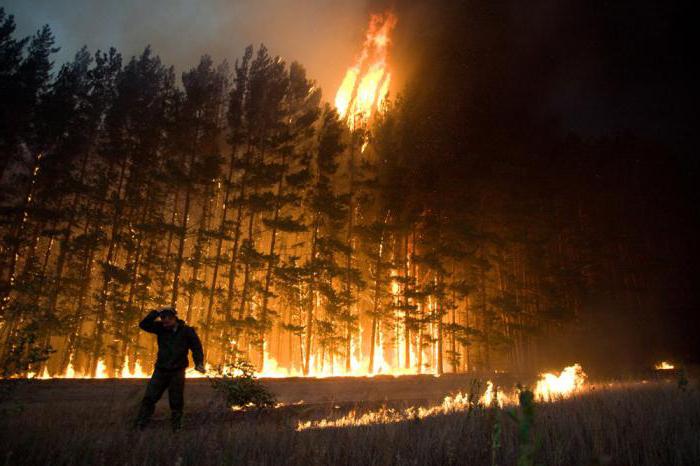
Conclusion
The standards for determining tactical actions are oriented not only towards saving people and preserving property. Saving a person's life regardless of the situation is, of course, the decisive direction in a fire - 5 principles in aggregate, while other attitudes that firefighters are guided by are not taken into account either. In particular, if there is no threat to life, explosion or spread of fire, then the principle of minimizing the resources of the team itself can be chosen as a priority tactic. If there is time to fight a localized focus, then, for example, cheaper extinguishing consumables, a minimum group composition with equipment, etc. can be used.






